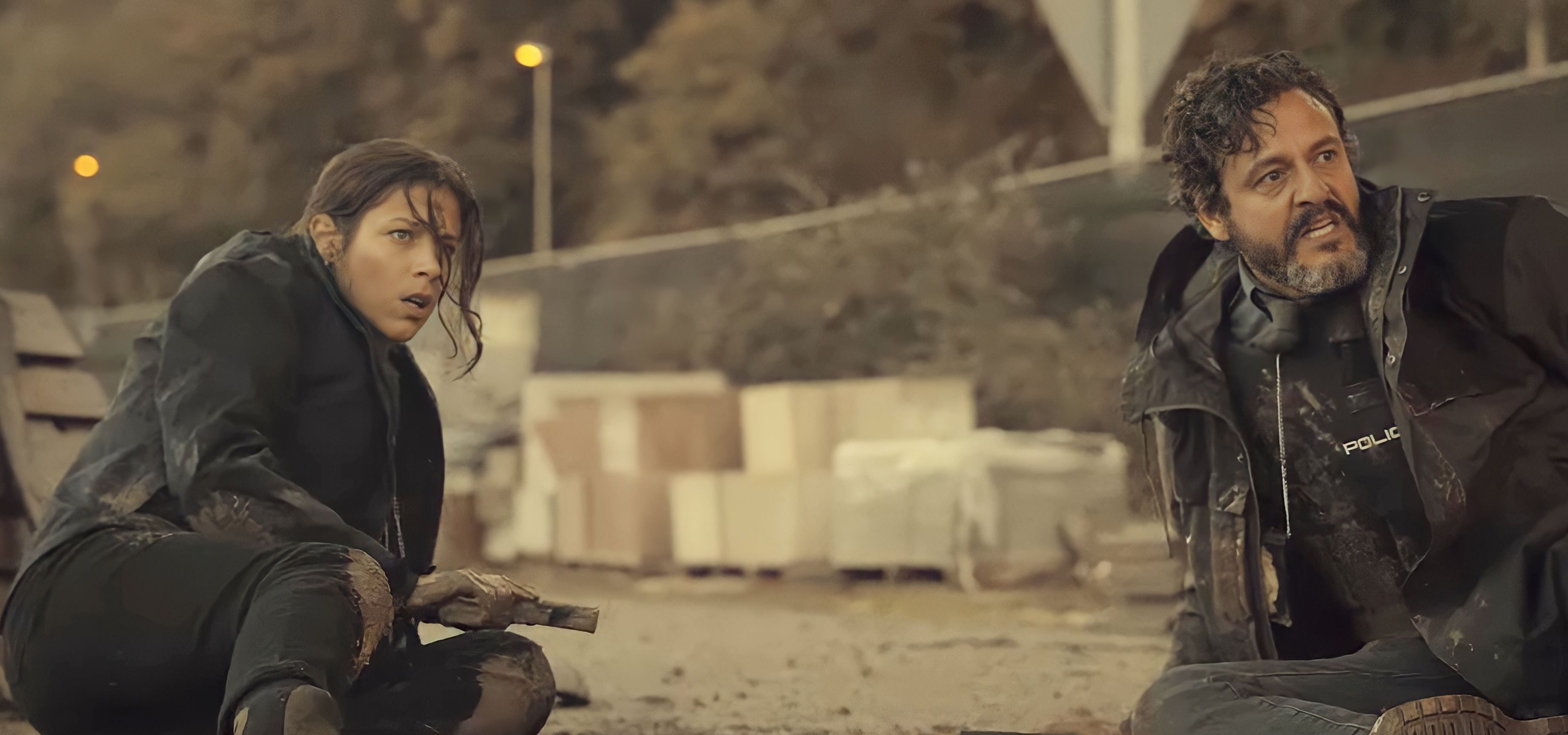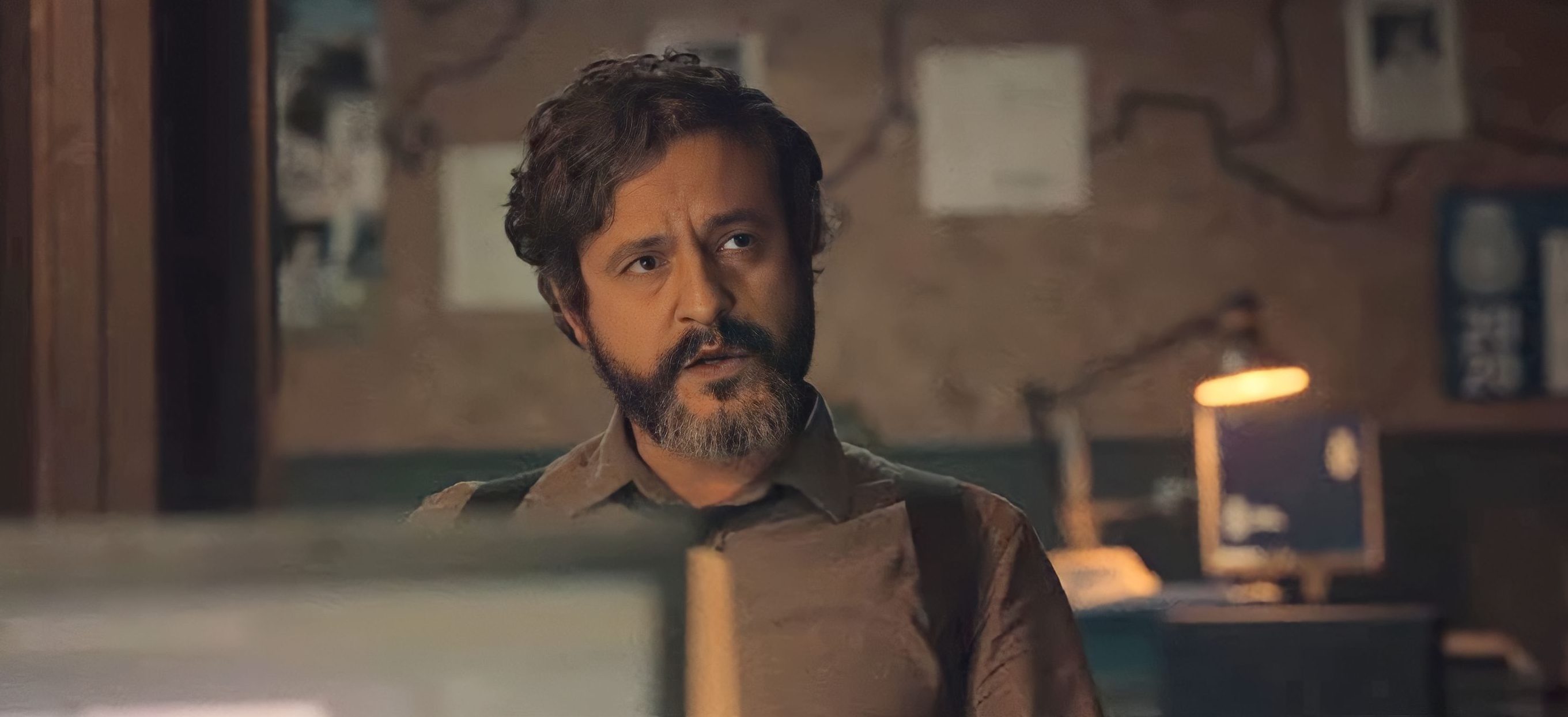Directed by Patxi Amezcua, Netflix’s Spanish film ‘Infiesto’ revolves around Samuel García and Castro, two detectives who investigate the astounding reappearance of a young woman named Saioa Blanco. Since she was missing for three months, the authorities and the public had been believing that she is dead. While the mining town of Infiesto deals with the Covid-19 pandemic, the two detectives set out to unravel the mystery behind Saioa’s return from her supposed death. As their investigation continues, they confront several dark forces in the Asturias mountains and forests. Intrigued by the engrossing story, we set out to find whether the case is inspired by a true kidnapping case and the subsequent investigation. Well, here’s everything you need to know about the film’s origin!
Infiesto: Fiction Inspired by Genre Classics
No, ‘Infiesto’ is not based on a true story. Director and screenwriter Patxi Amezcua conceived the fictional film to fulfill his wish to make a detective or police movie upon getting inspired by works such as ‘True Detective,’ ‘The Silence of the Lambs,’ ‘Marshland (La Isla Mínima),’ etc. Rather than following the traditional elements of the genre, Amezcua wanted to make a “personal” film that explores the psyche of the two detectives and their approach to the crime that puzzles them. The foundation of the thriller movie was born out of this desire to make a non-conventional detective film.

Although the film is fictional, Amezcua made sure that the narrative is rooted in reality as much as it can be for the viewers to find the realistic tale authentic and relatable. The antagonist of the film, the Prophet, does resemble the hedonist cult leaders we are familiar with in reality. Through his storyline, the director sheds light on the reality of ritual killings happening not only in Spain but in different parts of the world. Despite the influence of modernism and rationalism, a group of individuals still resort to appeasing varying Gods to deal with the concerns of the human world. The Prophet can be seen as fictional a representative of this real group.
Another significant aspect that connects the film’s narrative to reality is the Covid-19 pandemic. The film explores the human separation caused by the pandemic and its psychological impacts. Samuel García gets stopped by health workers from seeing his dead mother for the last time due to the pandemic protocols. Castro has to endure the separation from her partner Carlos, who gets admitted to a hospital due to the health complications that arise as a part of the coronavirus disease. Amezcua was inspired by his own experiences of witnessing an “empty world” during the pandemic to create the setting of the film.

The real town of Infiesto, located in the Spanish province of Asturias, also played a pivotal role in the creation of the film. Amezcua was fascinated by the mining town with abandoned factories and mines, bordered by mountains and filled with woods. When he started focusing on developing a detective film, he placed the narrative in the locality to take advantage of the eerie ambiance of the same, which gets enhanced by the quarantine and uncertainty brought by the pandemic. According to the director, ‘Infiesto’ is a combination of the detective fiction genre, Infiesto as a setting, and the unsettling presence of the pandemic.
Through ‘Infiesto,’ Amezcua also depicts how human beings are still the most dangerous entities in the world, even when a virus caused a deadly pandemic. The Prophet and his accomplices Manuel Gómez and the Demon don’t hesitate to shed the blood of innocent fellow humans for appeasing a God and satisfying their superstitious beliefs. Since there isn’t any shortage of real-life cold-blooded murderers who killed in the name of Gods, following millenniums-old mythologies, the fiction in ‘Infiesto’ is startlingly closer to reality.
Read More: Where Was Netflix’s Infiesto Filmed?


You must be logged in to post a comment.